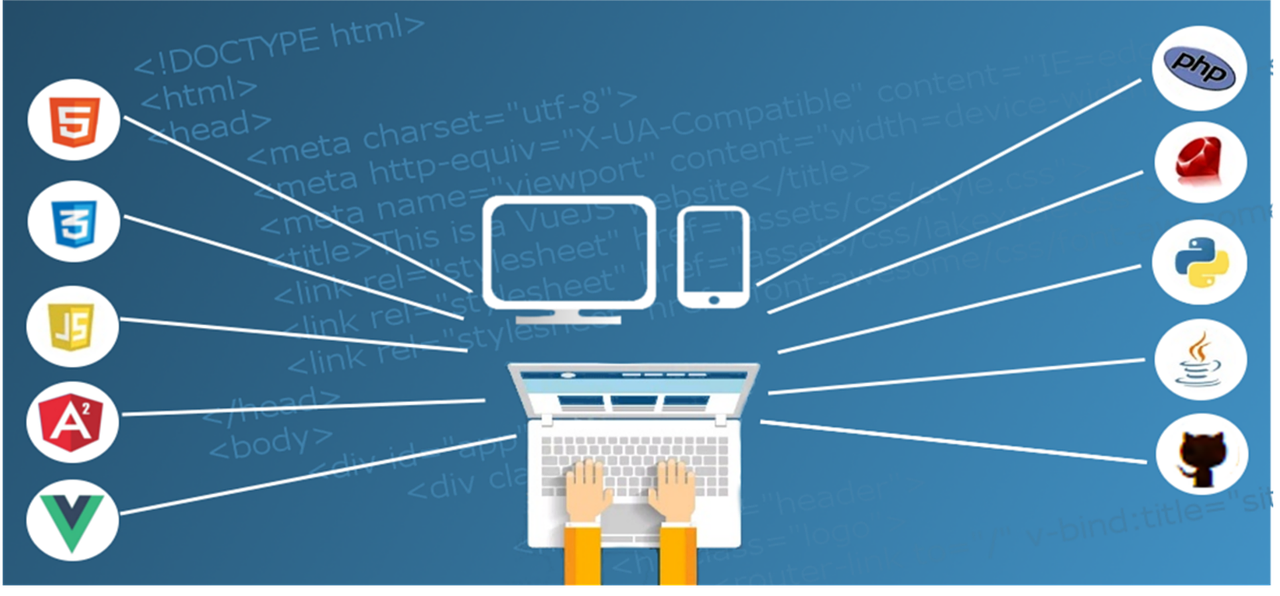I was recently discussing a project with a potential client. His project was using a language I haven’t used heavily in quite some time. He was disappointed because he was struggling to find developers to work on his project. I indicated that I would not have trouble getting back up to speed on the language and being able to move his project forward.
This really highlighted in my mind what really matters in development – it’s not languages, it’s algorithms and software design. All programming languages are, at their core, pretty similar. For example, all languages include:
- Syntax for creating variables,
- Selectively executing a block of code based on one or more conditions
- Repeating a portion of code multiple times
- Encapsulating code into functions
These basic structures are responsible for all the software you will ever use. Whether it’s a complex operating system like Windows or MacOS, a cell phone application on iOS or Android, or an application on the cloud, they all rely on the basic elements above.
Once you understand the basic syntax of a language, you move into the more important stuff – algorithms. Algorithms are a set of instructions to perform a given task. Regardless of the language, the algorithm will be largely the same. Next up on the hierarchy is software design. Knowing syntax and algorithms is great, but to really develop quality software you need to be able to design the interactions between components. None of these things vary substantially between languages. Languages are merely the syntactic rules you must follow to define your algorithms and implement your design.
I think people need to worry less about what language a developer uses and look for higher-order skills including algorithms and design. That’s what really defines the skill of a programmer!









